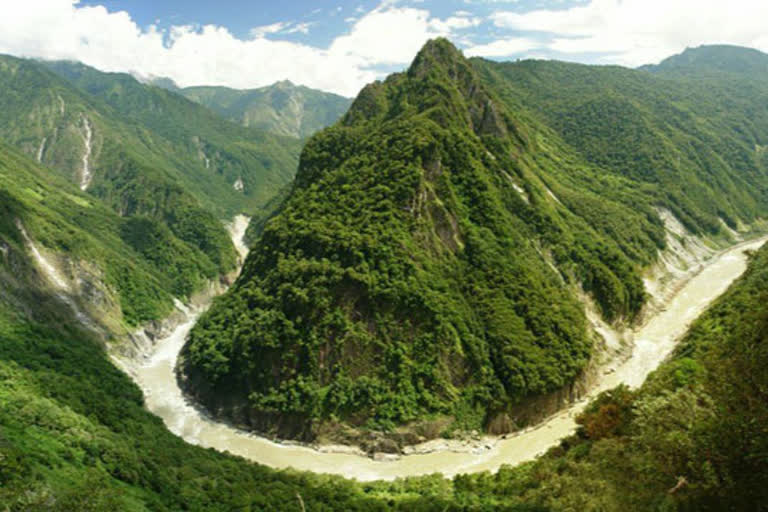New Delhi: If at all China wants to build a fool-proof dam on the Yarlung-Tsangpo river which flows as the Brahmaputra in Assam and Padma in Bangladesh, it has to be a collaborative affair and not to be built unilaterally by China, a leading river engineering expert who has worked for five years on the river in China has told ETV Bharat.
“I have worked on the river. There is a lot at stake for neighbouring countries India and Bangladesh. There are issues of safety, riparian rights and the fact that so much is at stake in terms of investment and technological expertise. If China has decided to go ahead, India and Bangladesh also have to be in the loop as primary stakeholders,” says Prof Nayan Sharma, who has worked for 45 years on river engineering projects across the world including decades as part of the faculty in IIT Roorkee.
Prof Sharma was the only south Asian in a European Commission-led global consortium of scientists including from China that studied in 2005-2010 the possible impact of permafrost melt and climate change on the Tsangpo-Brahmaputra. There were 18 partner organizations in the consortium with IIT Roorkee being the only one from India.
On Tuesday, the state-controlled China government mouthpiece ‘Global Times’ said in an opinion piece that the dam would be built at a site where the maximum amount of electricity would be generated. “China also has energy export considerations for building this large hydropower project. High-voltage transmission lines to Nepal are being built up. Once the hydropower project is launched, it will provide much needed energy to boost the development of China's neighboring countries.”
The article also said that the large-scale hydroelectric dam would have little effect on the water volume for downstream countries.
Said Prof Sharma: “From what I understand China wants to build a dam exactly on the Great Bend of the Tsangpo river. Straight as the crow flies, the site would be only about 150-200 km away from the Indian border at Arunachal Pradesh, but at a very great height.”
“But before the dam building begins, there has to be a formal understanding between India and China and also Bangladesh. Also, a lot of studies have to be undertaken. There are issues of design, of safety, as it is to be located in a highly seismic and vulnerable zone. And even after generation of massive amounts of energy whether there would be water-sharing or benefit-sharing agreements between the countries,” Prof Sharma said.
“There are several kinds of dams including storage dams or run-of-the-river dams. From what I understand, China is planning a run-of-the-river dam by constructing a tunnel. It will generate massive amounts of energy, unprecedented perhaps.”
The Three Gorges dam, also in China, is the world’s biggest hydroelectric dam and it can generate 20,000 MW of power. The Tsangpo dam is capable of generating 70,000-80,000 MW of power.



